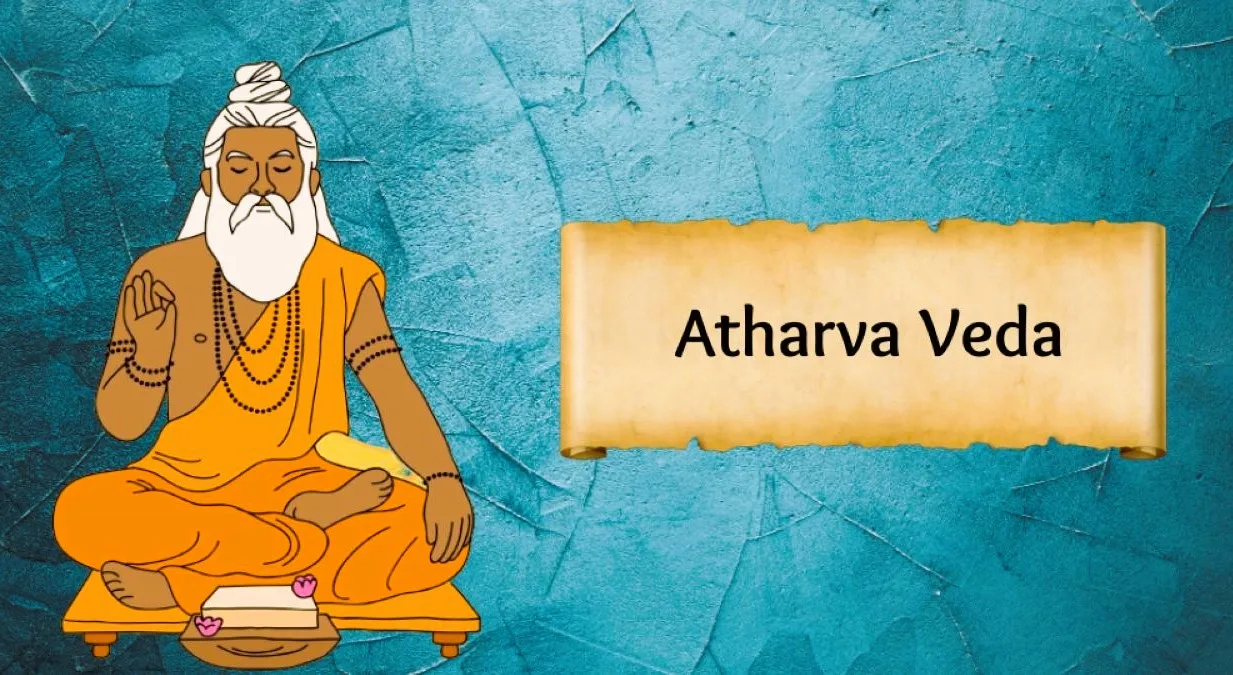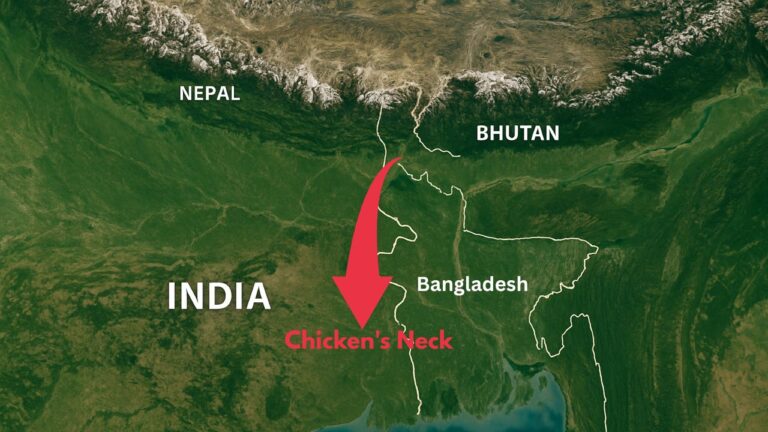
Atharva Veda: Unveiling its Mysteries & Influences
The Atharva Veda, a pivotal Hindu scripture, occupies a distinctive place among the four Vedas, commonly referred to as the “fourth Veda.” Though it was composed between 1000 and 800 BCE, its inclusion in the Vedic canon is a relatively recent development.
Often labeled as the “Veda of magical formulae,” this description has faced scrutiny by scholars who argue for a broader interpretation. Rooted in directives, mantras, and profound intellectual concepts, the Atharva Veda encompasses not only protection from malevolent forces but also encompasses the tapestry of ordinary life routines.
Unraveling Atharva Veda
- Origins and Composition: The Atharva Veda, created during a period of rich spiritual exploration, holds a compendium of life’s rituals and routines. Comprising 730 hymns or suktas, 6000 mantras, and divided into 20 volumes, it stands as a comprehensive guide to existence. Two surviving recensions, Paippalada and Saunakiya, serve as testaments to its continued relevance.
- Upanishads within Atharva Veda: Nestled within its verses are three fundamental Upanishads – Mundaka Upanishad, Mandukya Upanishad, and Prashna Upanishad – each illuminating profound spiritual insights. Disputing its limited classification, the Atharva Veda transcends mere magic, encompassing spiritual wisdom.
- Charms, Mantras, and Healing: Unlike other Vedas, Atharva Veda’s hymns are predominantly original, bearing potent mantras and charms. These incantations, meant to be chanted by individuals seeking solace or sorcerers on their behalf, extend to the realm of healing. The Veda’s connection to Ayurveda, India’s ancient medical science, introduces a holistic approach to health and well-being, transcending time and space.
Atharva Veda’s Influence & Legacy
- Formation and Recognition: Legend attributes the Atharva Veda to two groups of rishis – the Atharvanas and Angirasa, thus the name Atharva Angirasa. However, its recognition as the fourth Veda was a gradual process, distinct from the immediate acceptance of the first three Vedas. Early Buddhist scriptures solely acknowledge three Vedas, showcasing the Atharva Veda’s belated inclusion.
- Cultural and Medicinal Significance: The Atharva Veda extends its influence to modern times, notably within Indian culture, healthcare practices, religious festivities, and literary heritage. Its status as the initial reference to Indian literary genres exemplifies its enduring relevance. Serving as a cherished text for Vedic scholars, the fourth Veda remains invaluable.
Mundaka Upanishad: Illuminating Spiritual Insights
The Mundaka Upanishad, a poetic marvel within the Atharva Veda, encapsulates 64 verses as enlightening mantras. Designed for spiritual contemplation rather than rituals, this Upanishad explores the realms of deep understanding.
Mandukya Upanishad: Exploring the Essence of Existence
The Mandukya Upanishad, succinct yet profound, delves into the essence of existence through the exploration of the Om syllable and the four stages of awareness theory. It affirms the existence and nature of Atman, resonating across the spectrum of Hindu philosophy.
Prashna Upanishad: Exploring Profound Queries
Penned by the Paippalada school of Atharvavedins, the Prashna Upanishad stands as an intellectual masterpiece. Its six questions, a blend of metaphysical queries and philosophical discourse, contribute to ancient India’s educational panorama.
Conclusion:
As a recently acknowledged treasure trove of Vedic wisdom, the Atharva Veda has grown beyond its designation as a repository of magical formulae. Rooted in everyday routines, healing, and spiritual insights, it unveils a tapestry of life’s intricate dimensions. Its verses continue to resonate across time, influencing medicine, culture, festivities, and intellectual pursuits, solidifying its position as a cherished cornerstone of Hinduism’s profound heritage.





